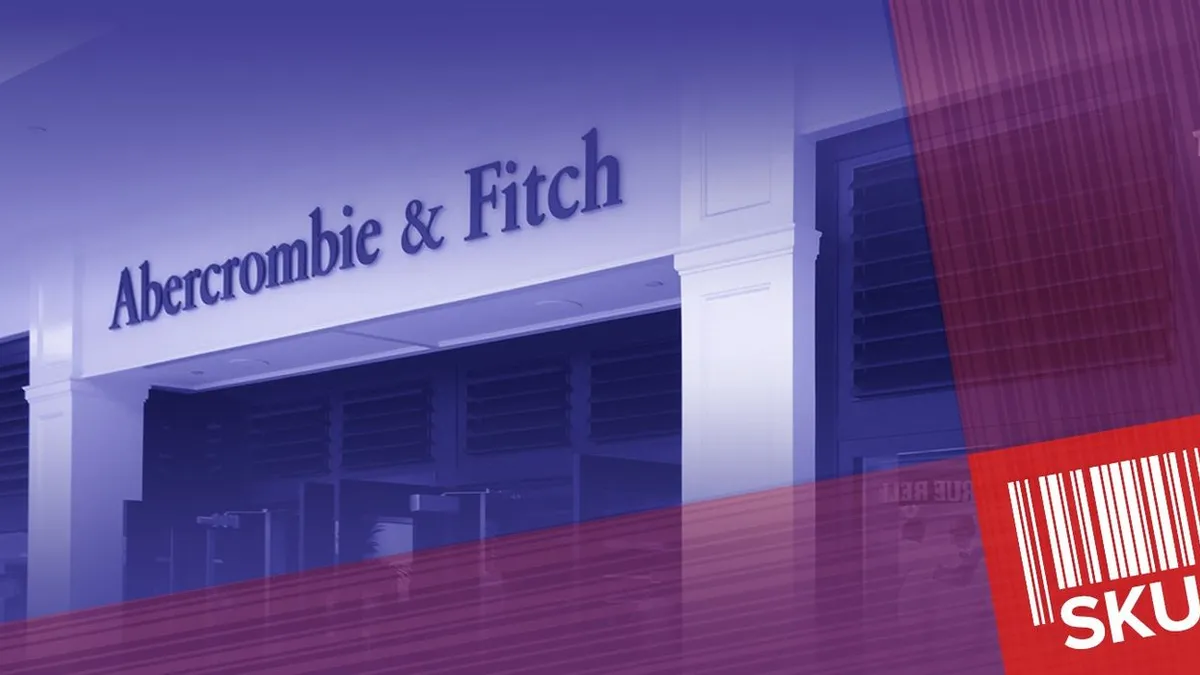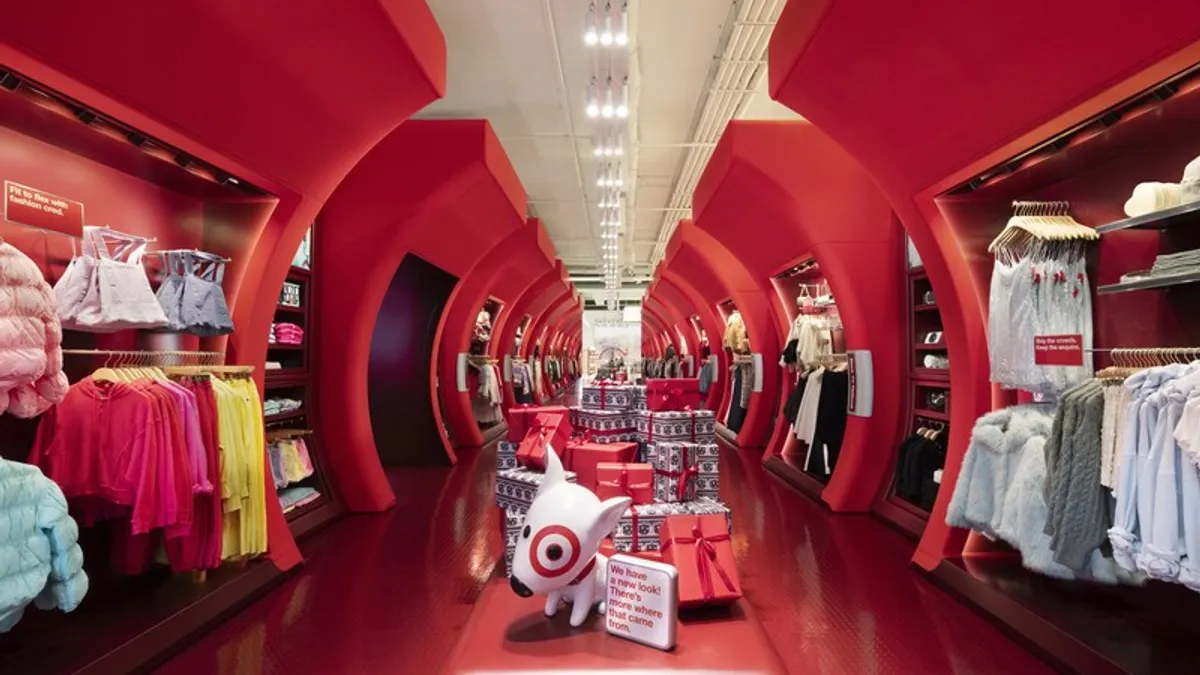Kaarin Vembar is obsessed with the luxury and apparel markets. She also has a sassy mouth so her managing editor decided to give her a column in an attempt to harness insight for readers. Kaarin can be reached at [email protected].
“I think it’s easier to change a company than a person,” my friend Kat said.
We were in the middle of a discussion about whether retailers should be given second chances after serious missteps.
Her argument was this: When it comes to a company you can change the CEO, the top leadership and policies. Effectively, if those things are altered, the nature of a company can be swayed. Individual people, though — that’s much more complicated. Because a serious examination of the soul is needed to enact new behavior.
What stirred this topic was the new documentary “White Hot: The Rise & Fall of Abercrombie & Fitch,” a film that explores the cultural impact of the apparel retailer during the late ‘90s through the 2000s.
While Abercrombie became a cultural shorthand for a preppy, sexy aesthetic, it also had highly questionable practices. A large portion of the documentary is dedicated to the retailer’s past hiring guidelines, which centered not on finding good employees, but on hiring beautiful people. And beautiful meant white and thin.
All of this was known. The company’s hiring policies were not posted publicly, but anyone who went to the store during that period could observe who was working, what they looked like, and who was not represented. It was common knowledge that employee recruitment happened at universities and that the retailer would only hire good looking people.
Mad TV even put out a series of sketches in the 2010s parodying what everyone knew about the store regarding its oversexed, biased attitudes toward hiring. And honestly those videos are way too blue to embed in this article if I want to keep my job, but you can find some of them here and here.
And it was celebrated. Being an Abercrombie employee was a sexy stamp of approval.
Because the store was selling cool. The clothes, as a number of people in the documentary point out, weren’t even that good. The apparel was besides the point. Being exclusionary — that was the point.
The company has changed. Right?
Then-CEO Mike Jeffries was at the center of the controversy, readily admitting to the company’s bias. In a now infamous quote in a Salon article from 2006 by Benoit Denizet-Lewis, Jeffries said, “In every school there are the cool and popular kids, and then there are the not-so-cool kids. Candidly, we go after the cool kids. We go after the attractive all-American kid with a great attitude and a lot of friends. A lot of people don’t belong [in our clothes], and they can’t belong. Are we exclusionary? Absolutely. Those companies that are in trouble are trying to target everybody: young, old, fat, skinny. But then you become totally vanilla. You don't alienate anybody, but you don't excite anybody, either."
The retailer went through a number of lawsuits, including a 2003 class action suit that was filed regarding its hiring practices which alleged discrimination in hiring and “failure to promote into manager positions due to race, national origin, and/or gender.” Then another in 2009 after the company refused to hire Samantha Elauf because of her religious practice of wearing a hijab.
The company has also faced backlash for not including larger apparel sizes, stocking only up to a size 10 without offering XL or XXL sizes for women (although it did for men).
But the company has changed. Jeffries left way back in 2014. The retailer made conscious decisions to revamp elements of what once made it so popular. They turned down the music, removed the blinds on store windows, and said they would spray less of their signature scent. By 2015 the company said that it was putting a stop to sexualized marketing, and by 2016 it was actively selling apparel in the color black (because the company previously had some bizarro rule of not selling it because they thought it was too formal).
And Abercrombie & Fitch Co. is here to remind us of all of those changes, especially to its hiring policies, which it now stresses are very inclusive.
Prior to the documentary’s release, the company put out a preemptive statement to address it. “While the problematic elements of that era have already been subject to wide and valid criticism over the years, we want to be clear that they are actions, behaviors and decisions that would not be permitted or tolerated at the company now.”
After the documentary’s release on April 19 , the company once again took to social media to address the contents of the film. This time the message was signed by CEO Fran Horowitz, who wrote, “We’re focused on inclusivity — and continuing that transformation is our enduring promise to you, our community.” And went on to say, “[W]e want to be clear that the recently released documentary is not reflective of who we are now. We own and validate that there were exclusionary and inappropriate actions under former leadership. Since I became CEO in 2017, we’ve overhauled Abercrombie and transformed with intention into a place of belonging.”
The company also currently has a banner on its homepage that says “This is Abercrombie Today” which leads to a page that talks about its corporate spirit of inclusivity. It features many people of color alongside statements about the company's diversity. Here’s a look at that piece of marketing:
Pointing backwards to say “that was the old leadership” always gives me pause. The thing is — it’s not wrong. I personally do think that Abercrombie & Fitch has gone through a number of transformations. But, it’s not the entire story.
In discussions with a number of people about Abercrombie's reckoning with its past, something that consistently came up was the idea of if change has actually occurred. Yes, most people agreed, a company can be forgiven for past mistakes. But it must be paired with actionable steps that show that change.
Something that the divine Robin Givhan said in the documentary about racial diversity really stood out and has stayed with me long after I finished watching the film.
“Yeah, you’ve got the numbers at the store level, but what about at the vice president level? And what about the people who sit on your board of directors? That becomes a question of the system," Givhan said.
So let’s take a look.
Here’s Abercrombie & Fitch Co.’s C-suite:
Here is the company’s board of directors. In its 2021 proxy statement, the company said that it believes that the board should have diverse backgrounds and qualifications. Furthermore, it says that its director nominees are diverse when it comes to gender or race/ethnicity, with five women and two “ethnically/racially diverse” persons.
The company has made some improvements when it comes to size inclusion. Rather than stopping at size 10, it now offers up to size XXXL in some products. The retailer also has a number of plus-sized models featured on its website.
But, let’s take a look.
In its “dresses & jumpsuits” section the retailer at the time of publication offered two styles in size XXXL. In skirts, two styles go up to a size XXXL — the elevated midi skirt and the dipped waist midi skirt.
If you have only two styles in your largest offered size is that inclusive?
Abercrombie & Fitch isn’t the only company who is coming under fire regarding these issues. The recent article “Where are Fashion’s Black CEOs?” from Business of Fashion by Sheena Butler-Young addressed the lack of diversity in the C-suite from major brands. And retail has for the most part ignored inclusive sizing, even as it has been repeatedly shouted from the rooftops that a majority of American women are a size 14 or over.
Progress has been made here. But, is it enough?
The most telling part of the documentary may be the role of the consumer as an observer. Abercrombie & Fitch took us all on a ride, but we were all willing to go on it. For many years, we as a collective weren’t questioning what we were seeing.
In Desmond Tutu’s “The Book of Forgiving,” he speaks of how the past can be healed and how forgiveness can be both offered and accepted. (And trust me, I understand the absurdity of referring to the force of nature that was Tutu in the same breath as Abercrombie & Fitch, but stick with me.) In it he writes, “we must remember that the wrong is not usually all on one side, and we are more easily able to restore relations when we look at our contribution to a conflict.”
So, can companies change? I personally think the answer is yes. Abercrombie has taken some strides to do better, but it did so only when the world threatened to leave it behind.
Have we, as a collective, changed in a way that is demanding more accountability to companies? “White Hot” makes us say, “what were we thinking?” when we look at that time in retrospect. Can we go through the hard work of demanding more and deeper changes right now, so we aren't asking ourselves a version of the same question in the future?























